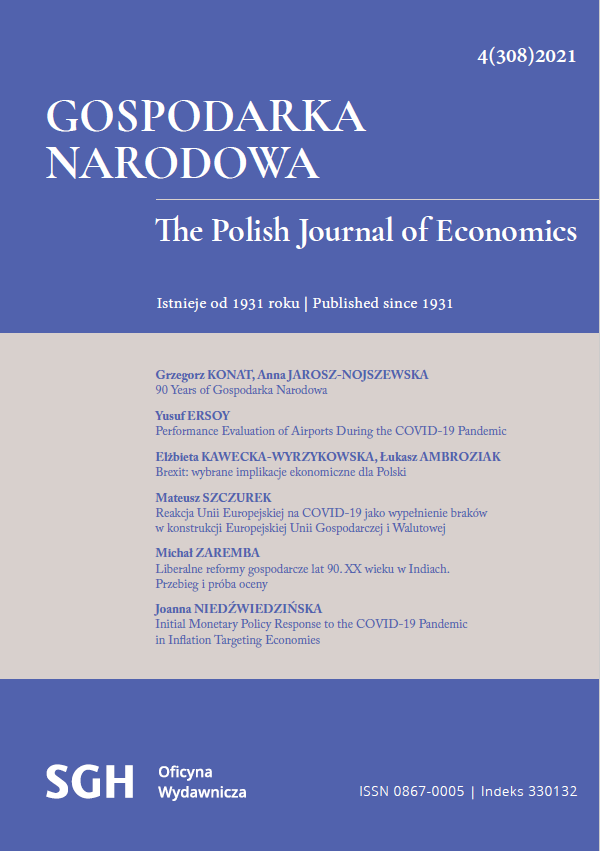Innovation Performance of Foreign Subsidiaries in Post-Transition Economy: Evidence from Poland
Innovation Performance of Foreign Subsidiaries in Post-Transition Economy: Evidence from Poland
Author(s): Tomasz Gołębiowski, Lidia Danik, Małgorzata Stefania Lewandowska, Piotr ZaborekSubject(s): Economy
Published by: Szkoła Główna Handlowa w Warszawie
Keywords: power; autonomy; foreign subsidiary; embeddedness; innovation performance
Summary/Abstract: The host country environment is an important source of knowledge for multinational enterprises (MNEs). The resources and competencies of MNEs’ foreign subsidiaries (FS) as well as internal and external relationships are perceived to be critically important for their performance. This study intends to fill a cognitive gap in the understanding of factors influencing the innovation performance of FS established in Poland. FS innovation performance is explained by their resourcebased specific advantages, internal embeddedness in the corporate network, external embeddedness, and by interactions between their systemic power and autonomy. The analysis is based on a 2018 survey of 436 manufacturing FS in Poland. The ordinary least squares (OLS) regression model was applied, along with three quantile regression equations to provide additional layers of detail. We observed a positive influence of FS’ own assets on innovation performance, especially if coupled with their deep internal embeddedness. The study also found a positive influence of internal embeddedness on innovation performance enhanced for high/ medium-high-tech firms if coinciding with strong resource-based specific advantages. Another finding was that the external embeddedness of FS had a positive effect on their innovation performance. Besides, the positive influence of systemic power on innovation performance was only revealed for high/medium-high-tech FS, while the subsidiaries’ autonomy showed no significant influence on their innovation performance.
Journal: Gospodarka Narodowa. The Polish Journal of Economics
- Issue Year: 311/2022
- Issue No: 3
- Page Range: 46-66
- Page Count: 21
- Language: English

